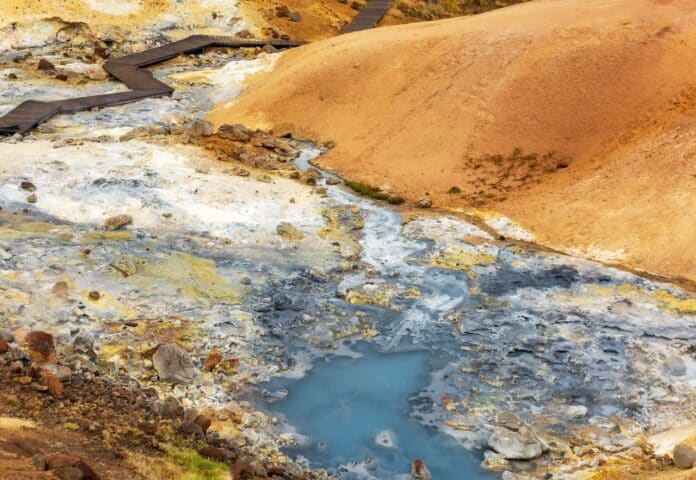The atmospheric release of CO2 by microorganisms is one of the essential components of the global carbon cycle. However, there are significant uncertainties regarding the effects of climate warming on the respiration of microbial communities due to a lack of mechanistic. A new study presents a general mathematical model describing the future in which the thermal sensitivity of microbial community respiration increases as species interactions shift from competition to assistance.
Small microbes and bacteria contribute much to the global carbon cycle. Their level in the atmosphere, and thus their influence on climate change. Some sources and sinks, such as respiration and photosynthesis, respectively control them.
New research by scientists at the Imperial College London and the University of Exeter has shown that bacterial communities that have matured to work together release more carbon dioxide (CO2) as they are warm than communities that compete.
Co-author Dr. Tom Clegg, who led the theory development from the Department of Life Sciences (Silwood Park) at Imperial, said, “Our findings have far-reaching implications given the significant contributions that bacterial communities make to the carbon cycle.”
They show that changes in the interplay of bacterial species can rapidly and significantly increase carbon emissions from natural ecosystems worldwide.
Bacteria take in oxygen and release CO2, just like a human. Among many factors, temperature is an essential characteristic that controls respiration.
Bacteria form communities of different species in all habitable environments, including soil, puddles, and our guts. When communities first form, bacterial species are often competitive and try to get the best resources.
These communities matured into a cooperative effort. They help each other to use the resources. In this scenario, each species plays a role in the society that ensures its overall ‘health.’ For Ex. Multiple species combine to decompose leaf litter to get nutrients.
In a previous study, researchers had assumed that the response of bacterial communities to rising temperatures was mainly determined by changes in the metabolism of individual species: When the environment warms, individual cells have to breathe faster to survive. Since these species interact, the team behind the new work wanted to test whether the degree of cooperation in the community changes this picture. They created a mathematical model that showed cooperative societies are more sensitive to warming. That means they release CO2 faster as temperatures rise.
The team tested its model in laboratory experiments with communities from geothermal rivers in Iceland. They found that a change from competition to facilitation increased the sensitivity of community respiration to warming by 60%.
Dr. Francisca García of the Institute of Environment and Sustainability at the University of Exeter (Penryn) said, “Researchers should incorporate this phenomenon into models as it has the potential to improve the accuracy of predictions of the effects of current and future climate change on the global carbon cycle significantly.”
“Indeed, new bacterial communities are forming on melting glaciers and permafrost soils due to climate change. As they become more cooperative, they will likely increase carbon emissions from these rapidly changing environments”.
They suggest that rapid changes in species interactions can significantly alter the temperature dependence of microbial respiration, which should be considered in future climate-carbon cycle models.
Journal Reference:
- García, F.C., Clegg, T. et al. The temperature dependence of microbial community respiration is amplified by changes in species interactions. Nature Microbiology. DOI: 10.1038/s41564-022-01283
